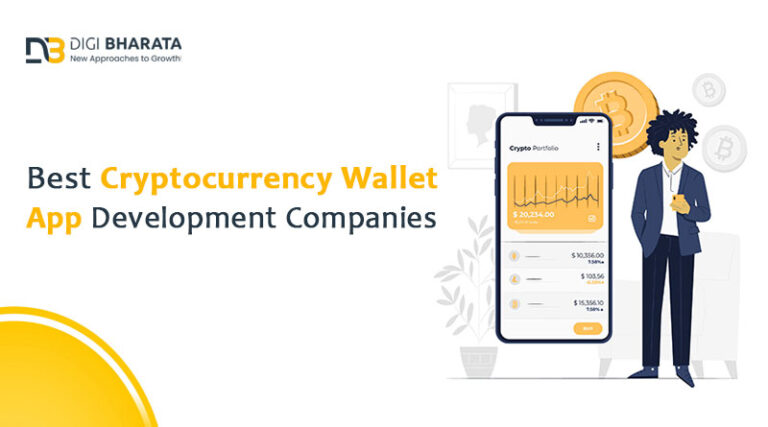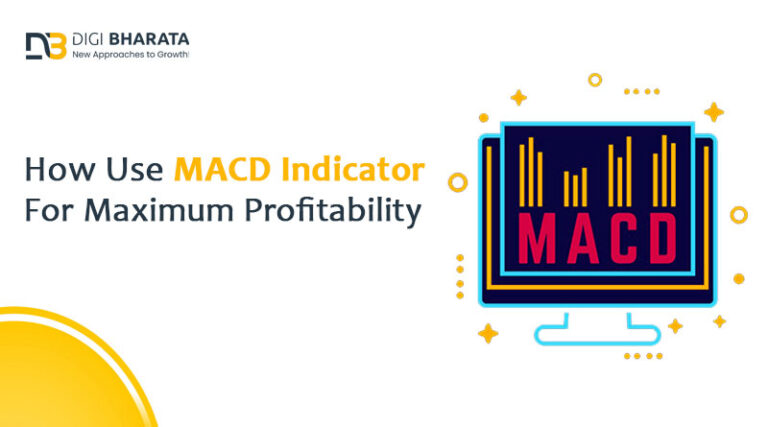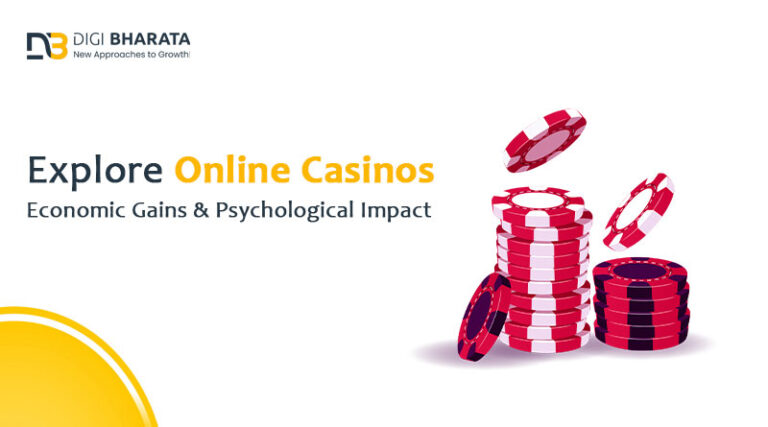If you’re looking to generate money on crypto, trading, and investing are not your only options: staking is yet another way. Staking has become a more popular feature for coins that use the Proof of Stake mechanism, though it’s certainly not limited to them – the WhiteBIT exchange even supports staking from BTC, which doesn’t actually follow this mechanism.
Whatever coin you wish to stake in or invest in, there’s sure to be an ideal exchange out there for you.
Solana crypto is an illustrious representative of the Proof-of-Work coins dominating the market. Its surge in popularity was spurred by developers seeking a more efficient alternative to building and releasing products on Ethereum’s network – which proved slower and costlier than expected:
- The network became inundated with a multitude of decentralized applications and smart contracts, leading to an overload.
- Its productivity is reduced.
- Its fees experienced a significant spike.
Developers flocked to Solana after discovering its cheap transactions and quick performance, setting up dApps, NFT projects, games, and more. It sparked the network’s fame while driving up the Solana price.
Moreover, the chance to gain SOL coins without mining drew in investors who brought massive amounts of SOL coins and staked them on the network. Nowadays, Solana is one of the most sought-after digital assets in the market among more than 20 000 cryptos. One Solana coin costs $24.26, and the capitalization exceeds $9 billion.
Table of Contents
Solana Price Prediction
Solana stands out due to its extraordinary scalability, enabling it to promptly and effectively process a great number of transactions. This advantageous attribute has led the platform, as well as its native token SOL, to be adopted by more people across the globe.
Moreover, Solana has a thriving and ever-expanding ecosystem of decentralized applications (dApps) constructed on top of its platform that could bring in new customers and investors. From gaming to finance and NFTs, these daps offer numerous use cases which can produce additional demand for SOL tokens.
Still, similar to any other cryptocurrency, Solana has its fair share of market fluctuations and regulatory threats that could potentially impede its growth. Therefore it is essential for an investor to investigate the potential risks as well as rewards before investing in a digital currency such as Solana.
Consequently, wisely considering all factors can help you make informed decisions when dealing with cryptocurrencies like Solana.
Some experts have predicted that Solana could become one of the top 10 cryptocurrencies by market capitalization. The average price the Solana crypto may reach by 2025 is $78.26; some experts predict a much higher indicator.
However, it’s important to note that cryptocurrency markets can be volatile and subject to fluctuations, so any price predictions should be taken with caution.
Features of Solana
Solana is a blockchain platform that offers several unique features. Here are some key features of Solana:
- High-speed transactions: Solana can process transactions at a very high speed, with a capacity of up to 65,000 transactions per second. This is achieved through the use of a unique consensus algorithm called Proof of History (PoH).
- Scalability: Solana is designed to scale horizontally, meaning that additional nodes can be added to the network to increase its capacity. This makes it highly scalable and able to handle large volumes of transactions.
- Low transaction fees: Solana offers low transaction fees, making it an affordable option for users and developers. The fees are kept low by the efficient use of resources and the high transaction throughput.
- Smart contract support: Solana supports the creation and deployment of smart contracts, which can be used to automate complex transactions and create decentralized applications.
- Cross-chain interoperability: Solana is designed to be interoperable with other blockchain platforms, allowing users to transfer assets and data across different chains.
- Developer-friendly tools: Solana offers a range of developer tools and resources, making it easier for developers to build and deploy applications on the platform.
- Ecosystem support: Solana has a growing ecosystem of projects and applications being built on the platform, offering a range of use cases and opportunities for users and developers.
How Solona Works
Solana is a blockchain platform that uses a unique consensus algorithm called Proof of History (PoH) to achieve high transaction speeds and scalability. Here’s how Solana works:
- Nodes: Solana is a decentralized network of nodes that work together to validate transactions and maintain the integrity of the blockchain.
- Transactions: Transactions are initiated by users or applications on the network and are broadcast to the nodes for validation.
- PoH: Solana’s PoH algorithm is used to create a historical record of all transactions on the network. This record is used to determine the order of transactions and validate their authenticity.
- Tower BFT: Solana’s Tower BFT consensus algorithm is used to finalize transactions and achieve consensus among the nodes. This algorithm is designed to be highly scalable, allowing for a large number of nodes to participate in the consensus process.
- Validators: Validators on the Solana network are responsible for validating transactions and maintaining the integrity of the blockchain. Validators are incentivized to act honestly through the use of a staking mechanism that requires them to put up a certain amount of SOL (the platform’s native token) as collateral.
- Smart Contracts: Solana supports the creation and deployment of smart contracts, which can be used to automate complex transactions and create decentralized applications.
- Tokenomics: SOL is the native token of the Solana platform and is used for transaction fees, staking, and as a means of exchange on the network. The supply of SOL is fixed and will never exceed 500 million tokens.
Advantages and Disadvantages of Solana
| Advantages | Disadvantages |
|---|---|
| High-speed transactions, with a capacity of up to 65,000 transactions per second | Relatively new platform with a smaller user base compared to more established blockchains |
| Highly scalable, with the ability to add nodes to increase capacity | May be more complex for beginners to understand compared to simpler blockchain platforms |
| Low transaction fees, making it affordable for users and developers | Dependence on a single consensus algorithm (Proof of History and Tower BFT) could be a potential weakness if the algorithm is compromised |
| Supports the creation and deployment of smart contracts, allowing for the automation of complex transactions and the creation of decentralized applications | Potential for increased centralization over time if a small number of validators dominate the network |
| Interoperable with other blockchain platforms, allowing for the transfer of assets and data across different chains | Limited integration with existing financial infrastructure, which may hinder adoption for some use cases |
| Robust developer tools and resources, making it easier for developers to build and deploy applications on the platform | Potential regulatory hurdles and uncertainty around the legal status of cryptocurrencies and blockchain technology in some jurisdictions |
Conclusion
Solana offers several key advantages, including high transaction speeds, scalability, low transaction fees, and robust support for smart contracts and developer tools.
However, it also faces some challenges and potential drawbacks, including dependence on a single consensus algorithm, potential centralization over time, and limited integration with existing financial infrastructure.























+ There are no comments
Add yours